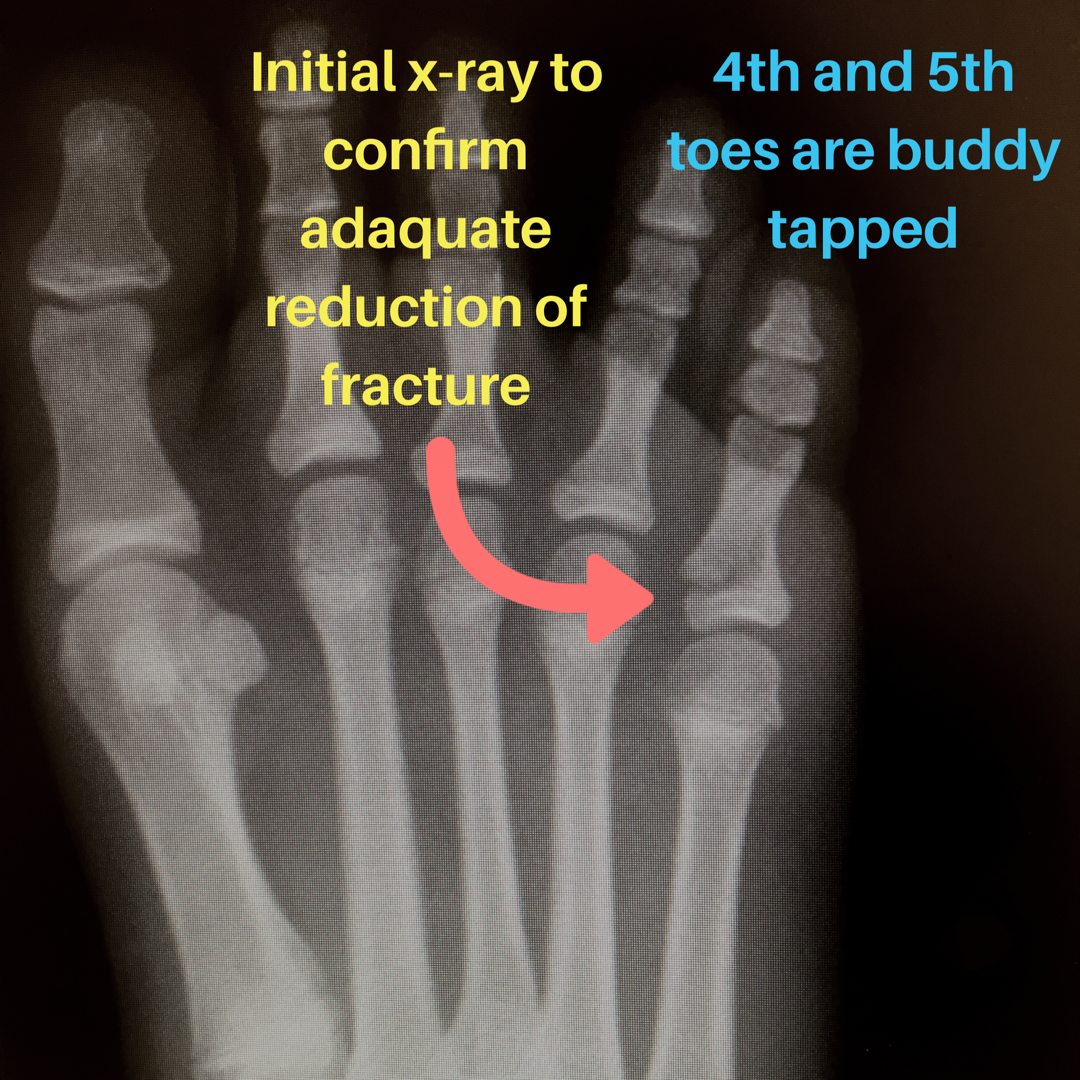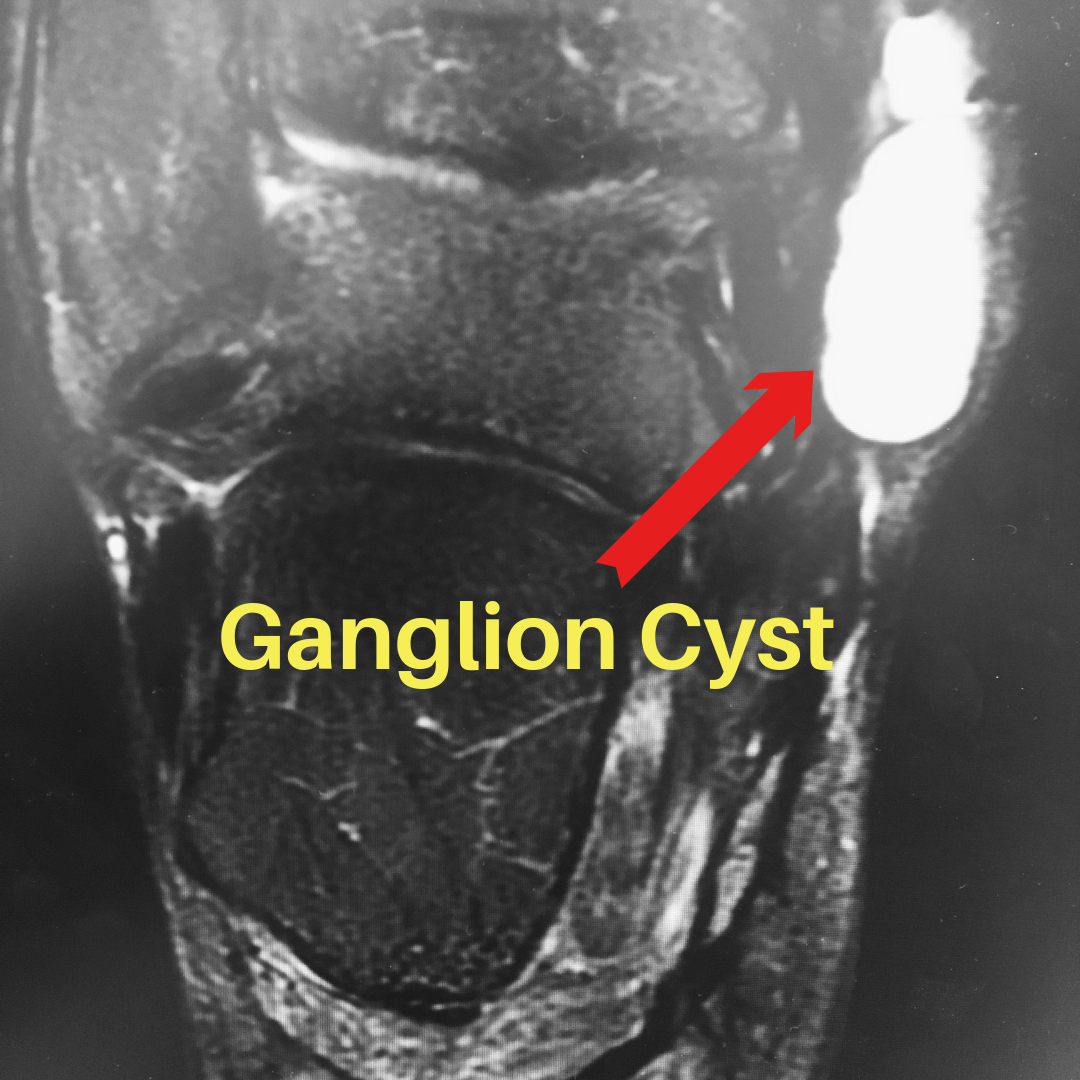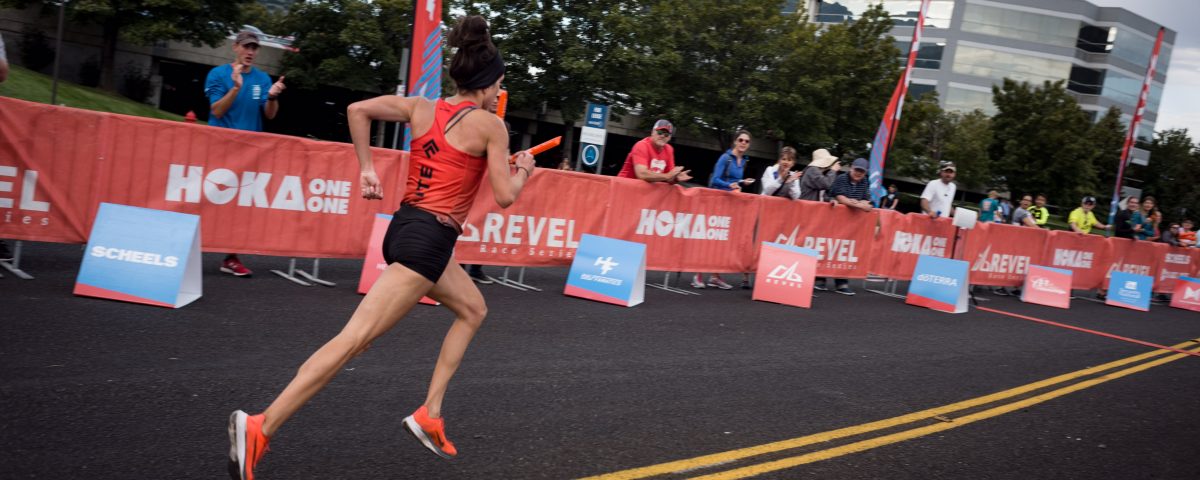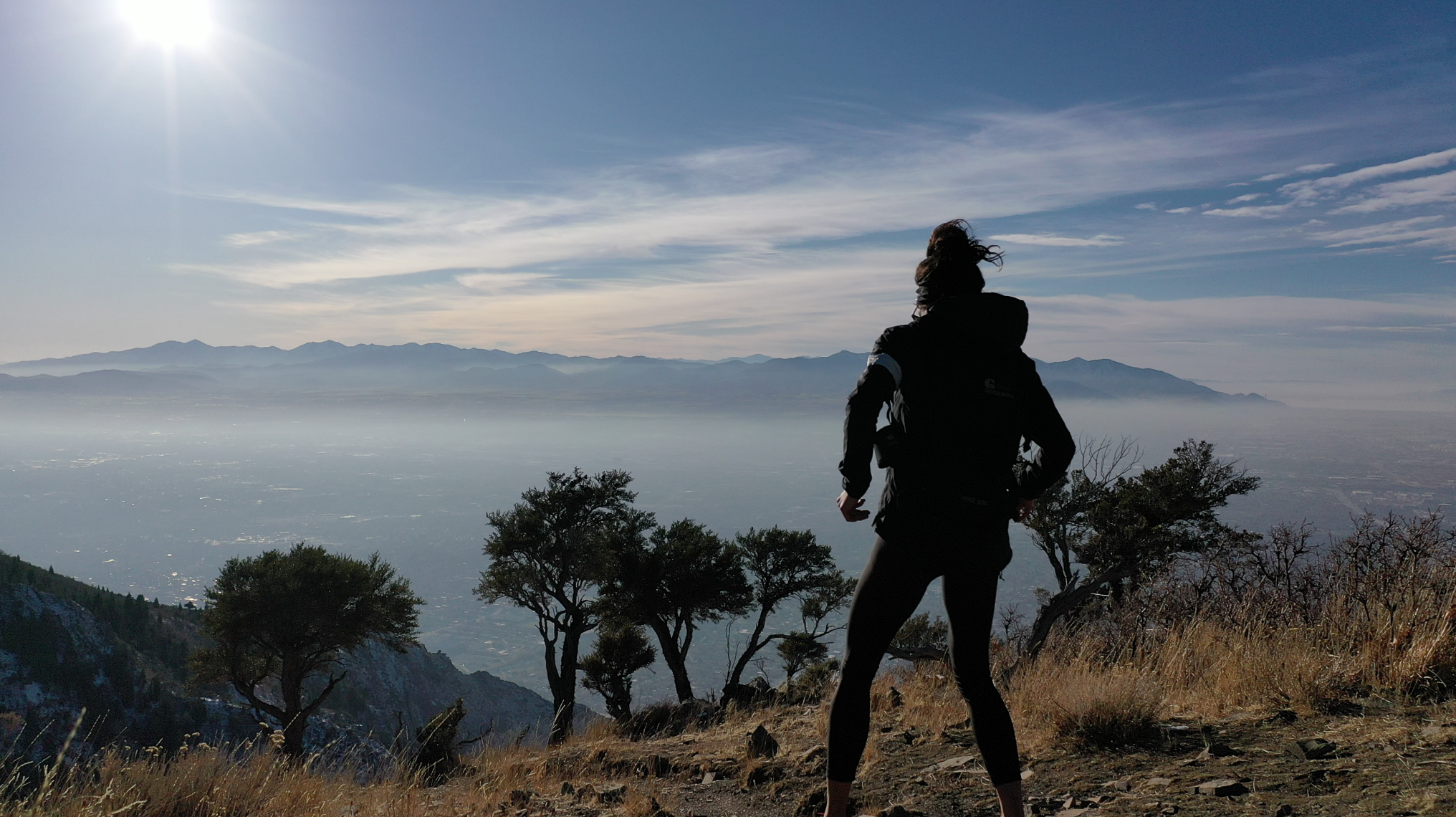
Buddy Tape Your Toe Fracture
August 11, 2018
What is a Ganglion Cyst of the Ankle and Foot?
February 12, 2019HOW TO RUN A FAST REVEL BIG COTTONWOOD HALF MARATHON
I set a new PR (1:11) at the Revel Big Cottonwood Half Marathon this morning!!!
Over the past couple of years, I’ve figured out ways to run fast downhill half marathons, without doing specific half marathon/full marathon…actually anything over 1500m type training. I believe these downhill courses favor leg speed over fitness. Getting to the start line with legs primed to roll is the key factor to having a great race!
Many of my patients present to my clinic weeks before their downhill race over trained, and injured. Prior to their initial consult, they have already missed weeks of training, and are stressed that they won’t set a new PR.
Shockwave Therapy has worked wonders for getting most of these runners healthy just in time to toe the line. However, for many, despite being physically healthy, they show up at the race mentally defeated from missed training.
The month leading up to the Revel Big Cottonwood Half Marathon, I had to cut my mileage and intensity due to a mild case of plantar fasciitis. I was running 30-40 miles per week, and mountain biking on average 90 minutes a day. I took an entire week off from running, followed by easy trail running. Needless to say, this wasn’t your standard half marathon build up.
So how did I manage a new PR at the Revel Big Cottonwood Half Marathon? Below are a few tips that I would encourage anyone running a downhill race to incorporate into their build up.
(Please note: this advice is coming from an athlete/doctor prospective, and not a coaching perspective)
- Throughout the entire year, incorporate a high volume sprint workout into your training once a week. A few examples: (20 x 100m) (15 x 200m) (20 x 150m). The key is to learn how to run fast, while staying relaxed. Gradually work your way up to 400m repeats.
Sprint work will improve your mechanics, and help with downhill turnover. I believe some runners struggle with steep downhill grades because they aren’t comfortable with running fast. Speed requires coordination. Your first few sprint workouts might feel uncomfortable, but after building tolerance and better mechanics, you will start looking forward to them.
- Let gravity do the work. Lean slightly forward, shorten your stride, and let your legs turnover as fast as they want. Don’t assume that you should tap the brakes because the pace feels too quick. That is just irrational worry, and leads to poor mechanics.
Running downhill should always feel relaxed, otherwise you are just slowing yourself down. I tried jogging down Big Cottonwood Canyon this summer, and my body felt far more damaged than it did today while hitting top speeds. This is because jogging downhill does not allow my legs to turnover at their natural speed. Gravity is the best performance enhancer your can have in a distance race. Don’t be afraid to take advantage of it.
- Don’t wear a watch during the race. Unless the entire downhill course is the same grade (let me know if you find one), your pace will vary independent of effort. Trying to hit a certain split on a steep section might actually slow you down, and burn out your quads faster than if you just let your legs roll.
I prefer to focus on mechanics, increase my turnover on steeper sections, stay relaxed on sections where the course flattens out (or on the dreaded uphill sections that these downhill race directors fail to mention), and check in with how my body feels. I always anticipate and visualize a new PR as I’m running, rather than having a watch provide negative or positive feedback along the way. This keeps me excited and motivated.
- Imodium has been a game changer for my gut issues. Running downhill causes a lot of gut sloshing. I used to have to slow down (or even stop) the last few miles of my races due to gut issues. Imodium allows me to push harder during the final miles of the race without worrying about an embarrassing situation.
- If you want your legs to feel good, you have to tension them right. Stretching correctly can help with tensioning. I’m not one to stretch daily, but I notice a benefit when I do.
I highly recommend yoga classes that incorporate dynamic stretching into their flow. In the two days leading up the Revel Big Cottonwood Half Marathon, I attended a power yoga class at Salt Lake Power Yoga, and then a faster paced, more dynamic flow at SEEK Studio. My muscles didn’t feel overstretched after these classes. Rather my legs felt light and springy.
Even if you’ve never attended a yoga class before, in the weeks leading up to your race, I would recommend giving both of these studios a try.
- Ice bath the night before the race. Although there is zero science to support this claim, my legs always feel fresher after an ice bath.
- Practice running downhill on asphalt. Over the summer, a lot of strategic locals will run the Revel Big Cottonwood Half Marathon course on Saturday mornings. This is a great way to callous your legs for the race. However, I think it is just as effective to incorporate a few miles of steep downhill running into your daily runs. By tackling these downhill grades in small doses, you decrease the risk of injury, while perfecting your downhill running mechanics.
- Follow a training plan that you enjoy. I don’t know anything about structured training for a half marathon, but I would guess that you would want to be running at least 20 miles a week to conquer the Revel Big Cottonwood Half Marathon course. If you are following a traditional plan, and staying injury free, then stick with it. But if you are getting injured frequently, and feel burnt out with the plan you are following, then mix things up. As I mentioned earlier, leg speed is more important than fitness when rolling down these courses.



